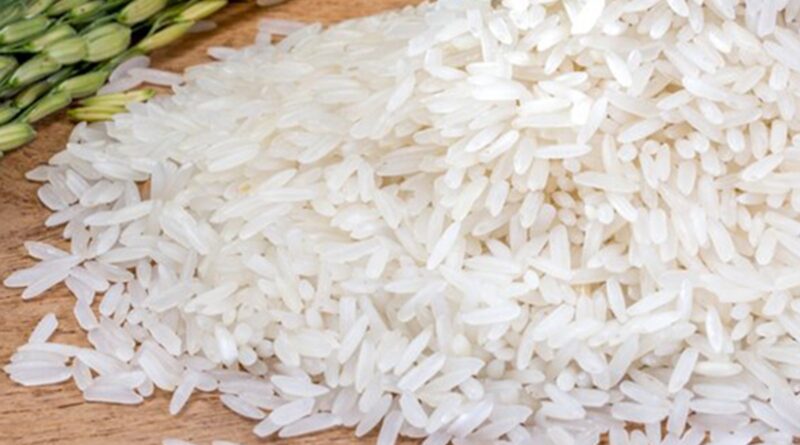Govt may reduce floor price for basmati rice exports
By Sandip Das
The government is likely to consider reducing the minimum exports duty (MEP) of $950/tonne dollar imposed last year in shipment of basmati rice, as global prices of some varieties of aromatic rice has already fallen below MEP because of robust supplies, and high carry-over stocks.
Exporters said higher MEP could adversely impact the domestic procurement of basmati rice paddy for the next season and hit farmers’ income. Prices of Indian varieties Pusa 6 and Pusa 1509 are currently ruling around $ 750/tonne-$ 800/tonne, the same level as Pakistan sells similar items.
Sources told FE that a committee of ministers would soon meet to consider lifting or reducing the MEP imposed in October, 2023. “There are several proposals like relaxing export restrictions imposed on non-basmati rice exports last year and measures for disposing off surplus rice held in the central pool stocks would be soon taken up,” a source said.
During April – May period of 2024-25, the country exported 0.96 million tonne (MT) of basmati rice, which is 15% higher on year. In terms of value, shipment of basmati rice was valued at 1.03 billion on year so far which was 13% higher on year.
“Importing countries have created a huge stock of basmati rice last fiscal and carry forward stocks have been higher because of bumper output last kharif season last year,,” Vijay Setia, managing director, Chaman lal setia exports, a leading exporter of aromatic rice, told FE. Setia said that as new crops are expected to arrive in next few months in Punjab, Haryana and Uttar Pradesh, the government must reduce or abolish MEP so that farmers get remunerative prices.
In October last year, the government reduced MEP for basmati rice shipments to $950/tonne from $1,200/tonne, fixed on August 25 to restrict ‘illegal shipment of white non-basmati rice’ whose shipment was banned in July last year.
In FY24, India exported a record 5.24 million tonne (MT) of aromatic rice valued at $ 5.83 billion.
Trade sources said that in the kharif season, 2023, the country has produced 8 MT of aromatic rice, which is about 20% higher than previous year. Around 1.5 MT is consumed domestically. Sources said around 1.5 – 2 MT of basmati rice is carried forward into the current fiscal.
With expectation of another bumper harvest in kharif, 2024 because of the prospects of a ‘normal’ monsoon rains, domestic stocks are expected to rise further bringing down the prices.
Geographical Indication-tagged basmati rice is grown in 70-odd districts in Punjab, Haryana, western Uttar Pradesh, Jammu & Kashmir and Uttarakhand.
The aromatic and long grain rice commands a premium in the global market. India has a share of around 80% in the world aromatic rice market, while Pakistan holds a share of around 20% in basmati rice exports.
This article has been republished from The Financial Express.

